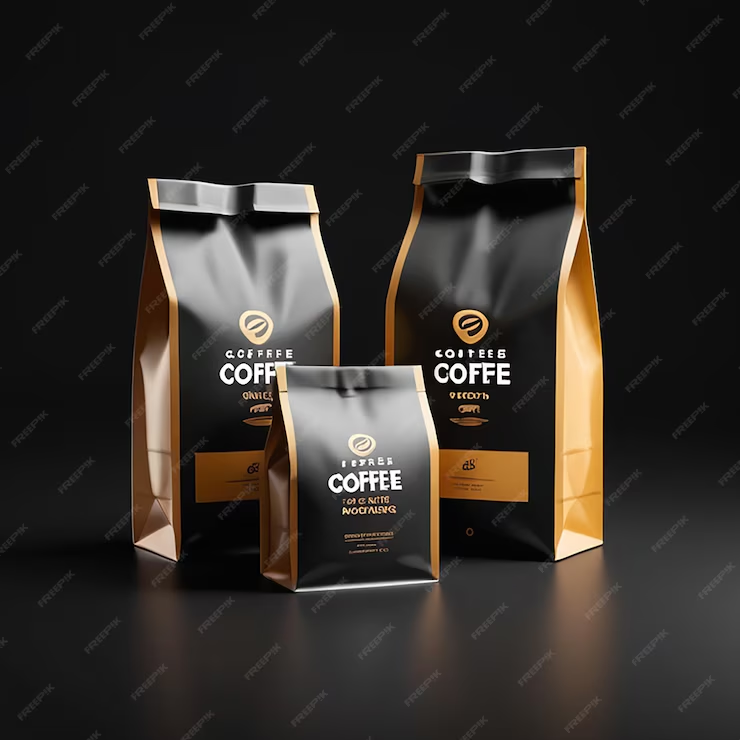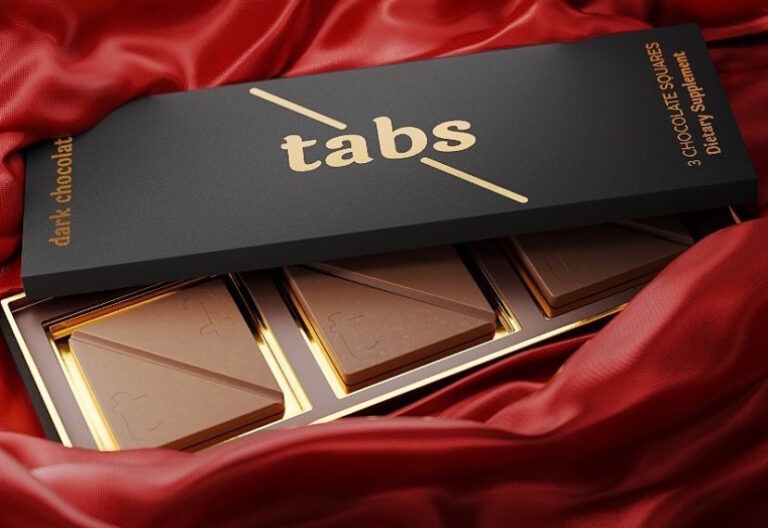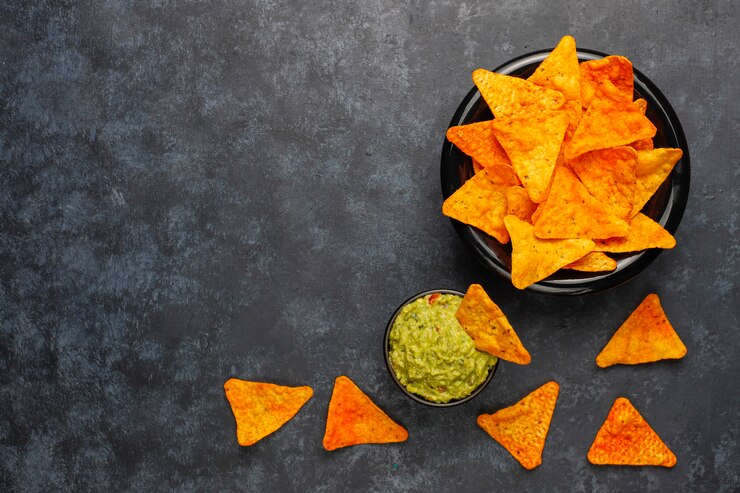Bean To Bag: A Guide To Packaging Coffee
In the coffee business, the quality of your beans is just one part of the equation. How you package your coffee is equally important for preserving flavor, maintaining freshness, and showcasing your brand. Choosing the right packaging not only ensures that your product reaches customers in perfect condition but also plays a critical role in differentiating your brand on crowded shelves. In this guide, we’ll walk you through the essentials of coffee packaging, from selecting the right bag types to understanding the importance of materials.
Bag Types
When it comes to coffee packaging, there are various bag types to choose from, each offering different benefits based on your needs and product requirements. Selecting the right bag type is crucial for ensuring freshness, providing protection, and enhancing shelf appeal.
- Stand-up Pouches: These are one of the most popular options in coffee packaging because they offer excellent barrier protection while standing upright on shelves. Stand-up pouches are great for grabbing customer attention and can be customized with valves that allow coffee beans to degas without letting oxygen in. They are perfect for ground coffee or whole beans, providing a sleek, modern look.
- Side Gusseted Bags: If you’re looking for a more traditional style, side gusseted bags are a go-to option. These bags are often used by large coffee brands and roasters, as they can hold a larger volume of coffee while maintaining an elegant, classic look. They also sit flat, which allows for easy stacking during transportation and storage.
- Flat Bottom Bags: Combining the best features of stand-up pouches and side gusseted bags, flat bottom bags offer enhanced stability and more branding space. These bags are highly customizable and can support various design elements, making them a great choice for brands looking to stand out.
Understanding how to choose the best coffee packaging is essential for ensuring your product stays fresh and presents your brand in the best possible light. Whether you go with stand-up pouches, gusseted bags, or flat bottom bags, each option offers a unique balance of practicality and shelf appeal.
Materials Matter
The materials you select for your coffee packaging directly impact the quality and longevity of your product. High-quality materials provide strong barriers against oxygen, moisture, and light—three elements that can spoil your coffee.
Common materials include:
- Plastic Laminates: A combination of multiple plastic layers, plastic laminates are great for offering superior barrier protection. These materials can extend the shelf life of your coffee by keeping it fresh and flavorful. Laminates are often used in potato chip bags as well due to their exceptional protective qualities.
- Foil Laminates: Foil-lined bags are popular in the coffee industry for their excellent protection against air and light. These bags ensure that the aroma and freshness of your coffee are preserved, which is especially important for premium blends.
- Eco-friendly Materials: With sustainability becoming a higher priority for consumers, many brands are opting for recyclable or compostable materials in their packaging. Offering sustainable packaging options not only caters to the eco-conscious customer but also enhances your brand’s reputation.
In addition to the physical materials, integrating smart packaging technology can provide your brand with a competitive edge. From QR codes that deliver product information to freshness indicators, smart packaging elevates the customer experience while maintaining product integrity.
From choosing the right bag type to selecting high-quality materials, coffee packaging is a vital part of your product’s success. With options like stand-up pouches, side gusseted bags, and flat bottom bags, you can create packaging that not only preserves the freshness of your beans but also helps your brand shine. By focusing on durability, eco-friendliness, and smart packaging technology, your coffee packaging can become a powerful tool for both product preservation and customer engagement.







